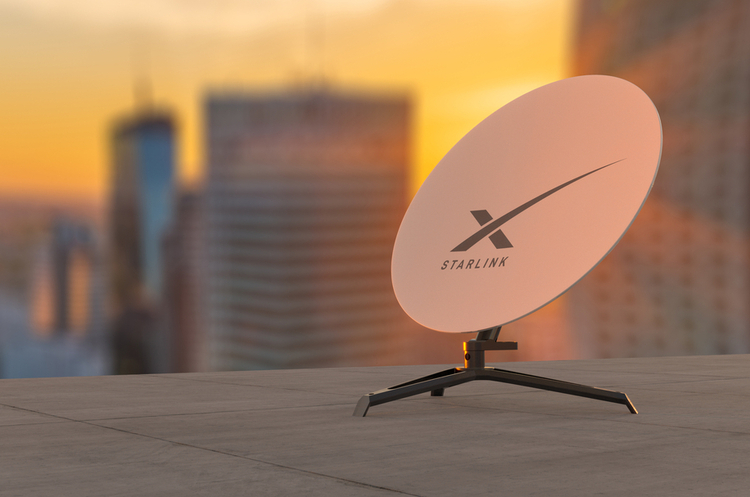advertisement
Starlink’s Launch In Kenya: Revolutionizing Connectivity Or A Fading Star?

In the vast savannas of Kenya, where the scorching sun illuminates the horizon, a new contender has emerged in the connectivity space, offering a promising solution to a nation thirsty for high-speed internet. Enter Starlink, Elon Musk’s brainchild, a constellation of satellites hurtling through space at an astonishing 27,000 km/h, bringing the promise of lightning-fast internet to remote corners of the world. As Starlink launched its service in Kenya this month, the potential user base remains cautiously optimistic, but obstacles lay ahead before Starlink can truly conquer the Kenyan connectivity space.
The allure of Starlink is undeniable, offering high-speed connectivity through a robust network of satellites, promising to bridge the digital divide in a country where access to reliable internet in some places has been a struggle. However, the entry point proves challenging for many potential Kenyan consumers, as a heavy upfront equipment cost ($650) poses a formidable barrier. Despite the reasonable monthly service price point ($45), the initial investment may deter a significant portion of the population, particularly those from rural and far-flung communities where current service providers have not ventured into, where Starlink could be the best solution.
While Starlink aims to soar above existing connectivity offerings, Kenya’s digital landscape is far from barren. The competitive market boasts a range of services, from traditional VSAT (Very Small Aperture Terminal) systems and microwave networks to the ever evolving 4G and 5G technologies, not to mention a web of fibre optic network arteries sprawling across the nation. These well-established players have already secured a foothold, building trust and reliability with their customers over time.
advertisement
Moreover, the question of after-sales service looms large in the minds of Kenyan consumers. Past experiences with tech companies have left a trail of skepticism, with users wary of jumping aboard a new venture that might leave them stranded without adequate support in times of need. In a country where customer service can often make or break a brand, Starlink must invest considerable effort in establishing a robust support system to earn the trust of the Kenyan populace.
Starlink’s competitive advantage lies in its constellation of satellites, providing unparalleled coverage even in remote and underserved areas. The promise of reliable connectivity holds immense potential for schools, businesses, and individuals eager to tap into the global digital economy. If Starlink can deliver on its claims of robustness and quality of service, it could revolutionize the landscape, uplifting entire communities with newfound access to education, opportunities, and a global market.
However, Starlink’s potential success is not without challenges. Satellite-based systems often suffer from latency issues, which can impact real-time applications like video conferencing and online gaming. Additionally, weather conditions and satellite congestion could pose intermittent disruptions to the service, causing frustrations among users accustomed to seamless connectivity.
advertisement
The fate of Starlink in Kenya hinges not only on the technological aspects but also on strategic partnerships and collaborations. Building alliances with local telecom operators and government agencies can facilitate the integration of Starlink into the existing infrastructure, thereby expanding its reach and impact. Embracing local knowledge and expertise will be crucial for navigating the complex web of regulations and societal norms unique to Kenya.
Starlink’s success also depends on its adaptability to the needs of the Kenyan population. Offering affordable plans tailored to different user segments, such as students, small businesses, and remote communities, can boost its appeal and adoption rates. Understanding and accommodating local preferences, such as data caps and flexible payment options, will further demonstrate Starlink’s commitment to being a part of Kenya’s digital evolution.
In the end, the verdict on Starlink’s future in Kenya remains uncertain. While it possesses the potential to revolutionize the connectivity space and uplift communities, its success depends on striking a delicate balance between innovation and practicality. Overcoming the barrier of upfront equipment costs, ensuring reliable after-sales support, and adapting to the unique needs of the Kenyan market will determine whether Starlink will be a fleeting star or a shining beacon in the nation’s quest for connectivity.
advertisement
As the sun sets on the Kenyan horizon, the Starlink satellite constellation embarks on a journey through the night sky, carrying the dreams of a connected Kenya. Only time will tell if Elon Musk’s ambitious venture will make a dent in the country’s connectivity space or fade away like a shooting star.